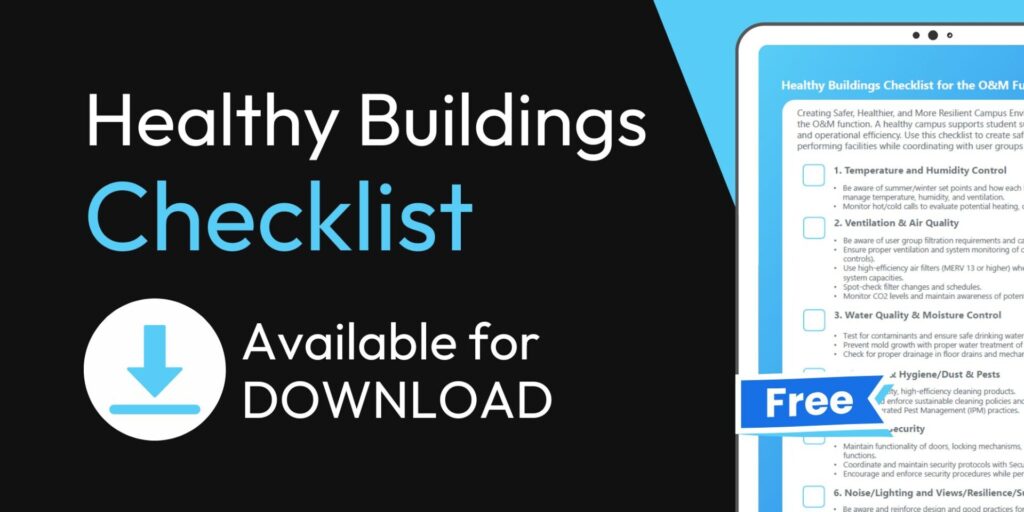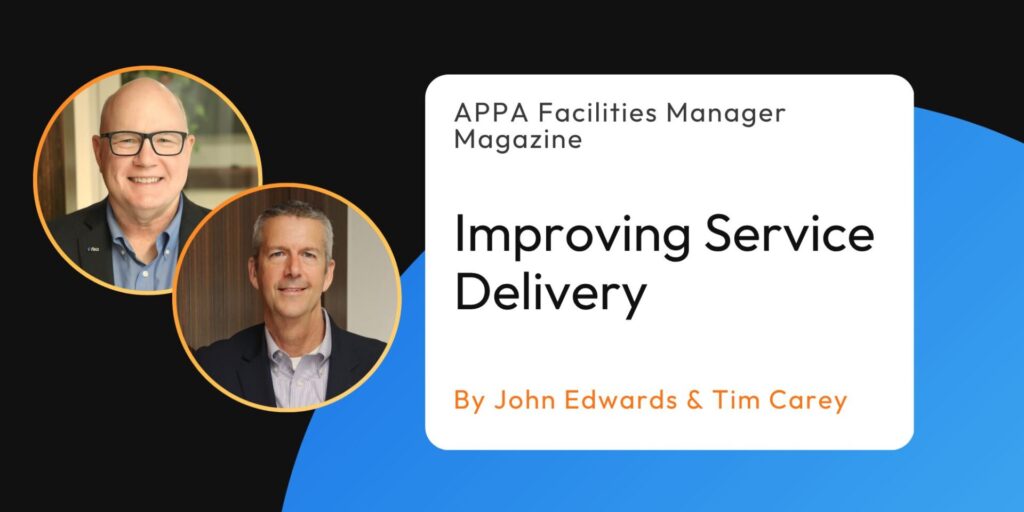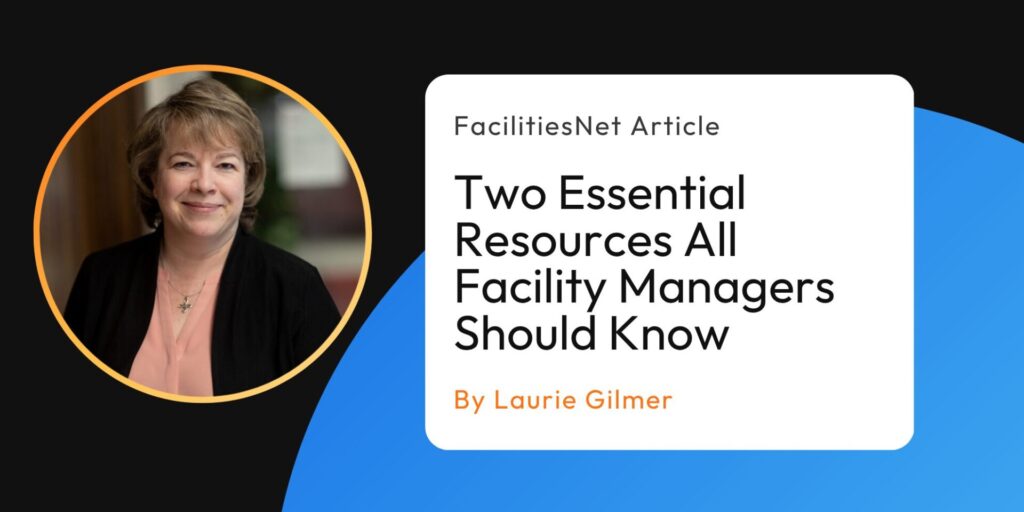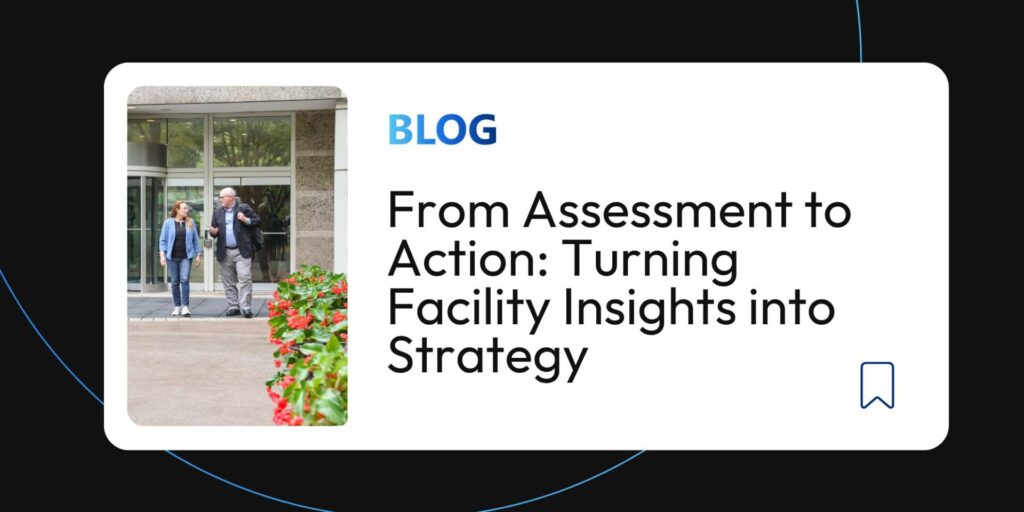Why Every Facility Manager Needs a Healthy Buildings Checklist
In recent years, the role of facility managers has shifted. It’s no longer just about keeping buildings operational – it’s about ensuring they’re environments where people can thrive. The pandemic accelerated this shift, but it also spotlighted a broader truth: the health of a building directly impacts the health of its occupants.
Whether you’re managing a school, a hospital, or an office complex, your buildings aren’t just spaces – they’re ecosystems. Air quality, lighting, temperature, and water systems all play a role in the wellbeing of the people inside. So, how can you consistently track and improve those conditions?
Enter the Healthy Buildings Checklist—a simple but powerful tool that helps facility managers evaluate, prioritize, and communicate the health of their facilities.
What Is a Healthy Building?
The concept of a healthy building goes beyond routine maintenance or compliance checklists. It’s about creating indoor environments that support both physical and mental wellness. That includes:
-
Clean air
-
Proper ventilation
-
Comfortable temperatures
-
Safe water
-
Adequate lighting
-
Low noise levels
-
Protection from mold, dust, and other pollutants
The Harvard T.H. Chan School of Public Health outlines nine core foundations of a healthy building – from ventilation to lighting – and our checklist builds on that framework to make those principles actionable for facility teams.
Why You Need a Healthy Buildings Checklist
Facility managers are under more pressure than ever to justify spending and improvements. But you can’t advocate for better air systems, safer lighting, or mold remediation if you don’t have a clear understanding of your baseline.
The Healthy Buildings Checklist allows you to:
-
Assess building conditions quickly
-
Spot health-related risks before they become issues
-
Prioritize funding for wellness upgrades
-
Align facilities data with leadership’s strategic goals
It’s not just about checking boxes—it’s about building a case for healthier, smarter, more sustainable investments.
What’s Included in the Checklist?
The checklist includes practical, easy-to-evaluate categories such as:
-
Ventilation & Air Quality: Are filters up to date? What’s your air exchange rate?
-
Thermal Comfort: Are temperature and humidity consistent and within a healthy range?
-
Lighting & Views: Are spaces well-lit? Do occupants have access to natural light?
-
Water Systems: Is drinking water safe? Are flushing schedules in place?
-
Mold, Moisture, and Dust: Are there any leaks? Is mold present or suspected?
-
Noise & Acoustics: Are noise levels managed in classrooms, offices, or patient care areas?
-
Occupant Feedback: Are people reporting discomfort? Is there a system for collecting and responding to feedback?
Each section is designed to help you document what’s working, what needs attention, and how urgent each issue is.
Using the Checklist to Drive Planning
Once you’ve completed the checklist, it becomes a strategic tool. High-priority items can be flagged for immediate action. Medium- and low-priority items can be rolled into long-term capital plans.
If you’re using a facility planning platform like My Facility Plan, you can take things even further by modeling the cost of each improvement, forecasting long-term funding needs, and showing leadership the return on investing in healthier spaces.
Healthy Buildings = Healthy Budgets
Creating healthier buildings doesn’t always mean massive renovations or costly system overhauls. Sometimes, it starts with small wins—changing filters, adjusting lighting, collecting occupant feedback. But those small wins compound, especially when paired with smart planning.
A healthy building isn’t just good for occupants – it’s good for your organization’s bottom line. Fewer sick days, better productivity, higher satisfaction, and a stronger case for funding. And it all starts with one simple checklist.
Ready to Get Started?
Download our free Healthy Buildings Checklist for Facility Managers and take the first step toward smarter, safer, and healthier facilities.



